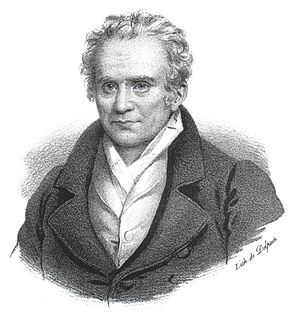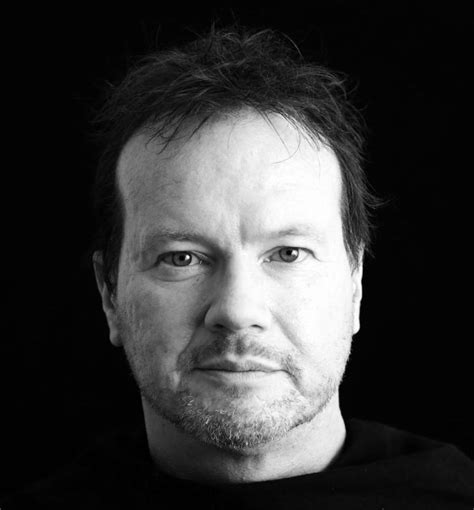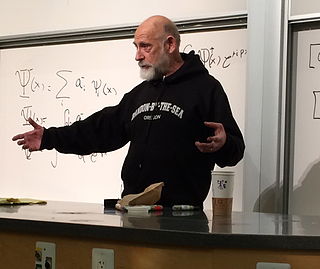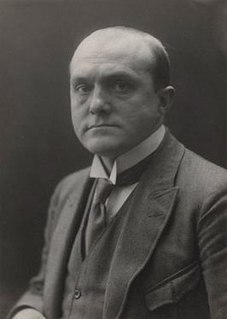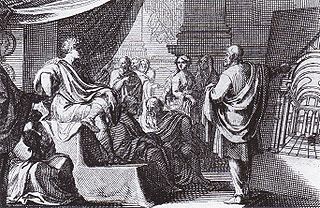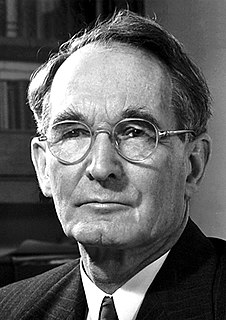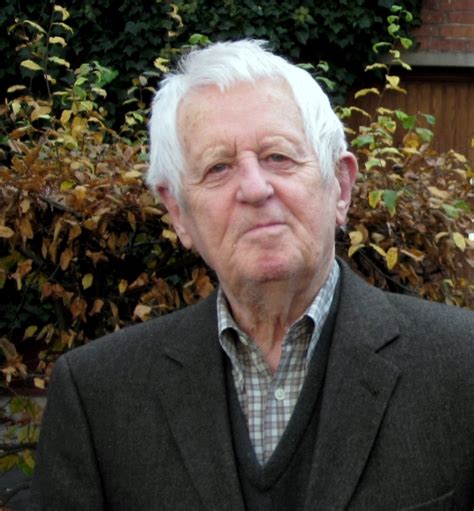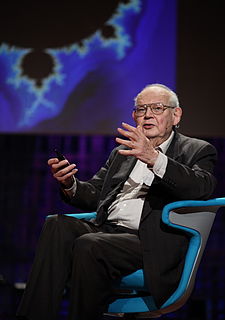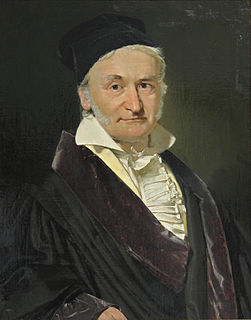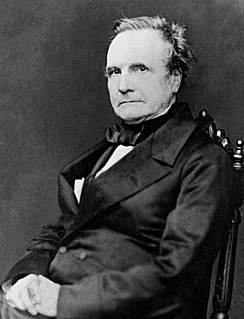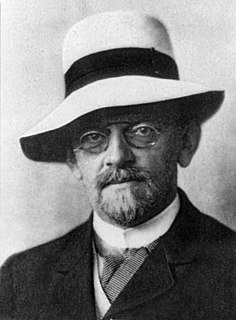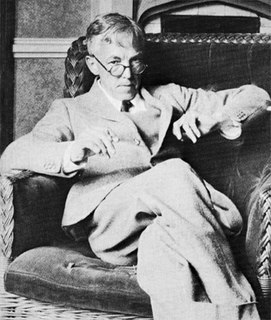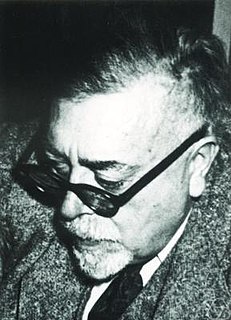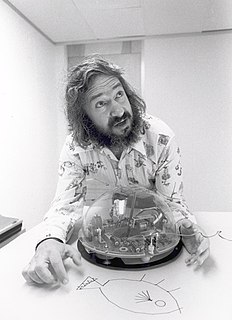A Quote by Gaspard Monge
Descriptive geometry has two objects: the first is to establish methods to represent on drawing paper which has only two dimensions,-namely, length and width,-all solids of nature which have three dimensions,-length, width, and depth,-provided, however, that these solids are capable of rigorous definition.
The second object is to furnish means to recognize accordingly an exact description of the forms of solids and to derive thereby all truths which result from their forms and their respective positions.
Quote Topics
Accordingly
Capable
Definition
Depth
Derive
Description
Descriptive
Dimensions
Drawing
Establish
Exact
First
Forms
Furnish
Geometry
However
Length
Means
Methods
Namely
Nature
Object
Objects
Only
Paper
Positions
Provided
Recognize
Represent
Result
Rigorous
Second
Thereby
Three
Three Dimensions
Truths
Two
Which
Width
Related Quotes
I think the most remarkable thing about ice, in my opinion at least, is that it occurs in many, many, many different forms. Most solids occur in typically one or maybe two or three different forms, and ice has approximately 15 different crystal forms, as well as two forms that are called amorphous, which means without any shape at all.
The problem comes up because we ask the question in the wrong way. We supposed that solids were one thing and space quite another, or just nothing whatever. Then it appeared that space was no mere nothing, because solids couldn't do without it. But the mistake in the beginning was to think of solids and space as two different things, instead of as two aspects of the same thing. The point is that they are different but inseparable, like the front end and the rear end of a cat. Cut them apart, and the cat dies.
I think not in two or three dimensional terms but in five dimensional terms when I consider a novel. There's height, width, and depth, there's the time factor, and then there's the factor which I call the cerebral factor of the reader, the way the reader adjusts to all the other dimensions, which is the fifth dimension.
Since I found that one could make a case shadow from a three-dimensional thing, any object whatsoever - just as the projecting of the sun on the earth makes two dimensions - I thought that by simple intellectual analogy, the fourth dimension could project an object of three dimensions, or, to put it another way, any three-dimensional object, which we see dispassionately, is a projection of something four-dimensional, something we are not familiar with.
To find the length of an object, we have to perform certain physical operations. The concept of length is therefore fixed when the operations by which length is measured are fixed that is, the concept of length involves as much as and nothing more than the set of operations by which length is determined.
